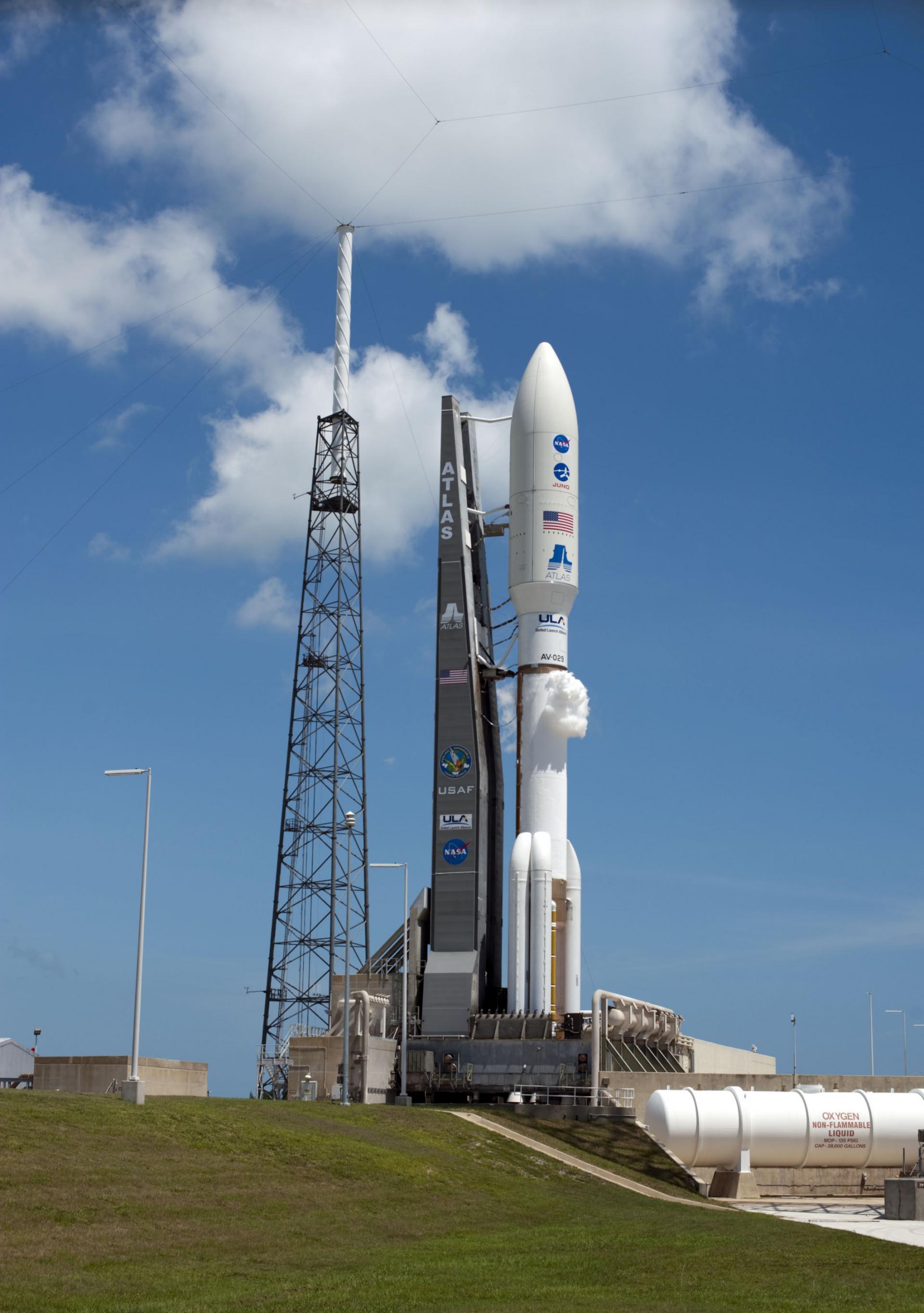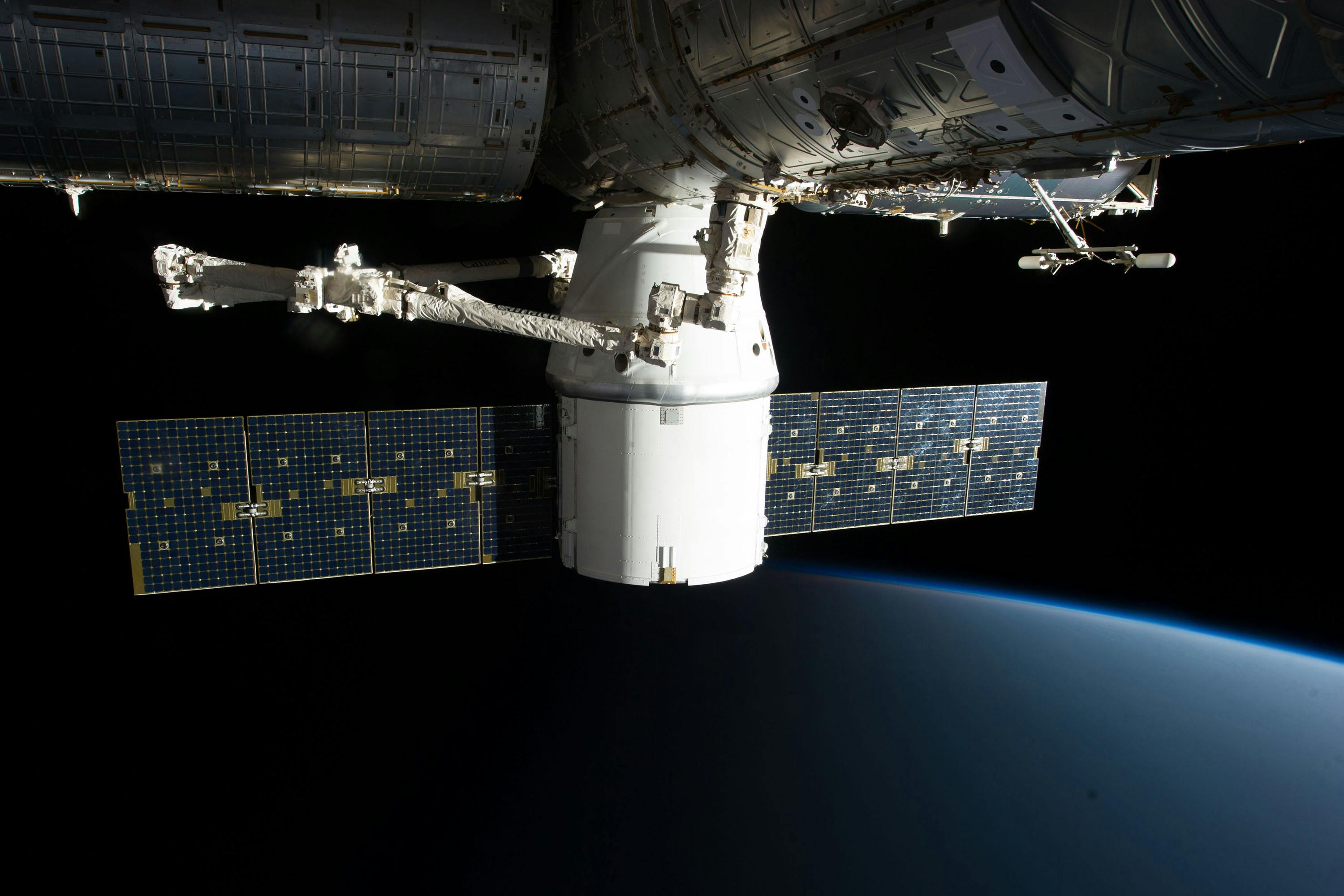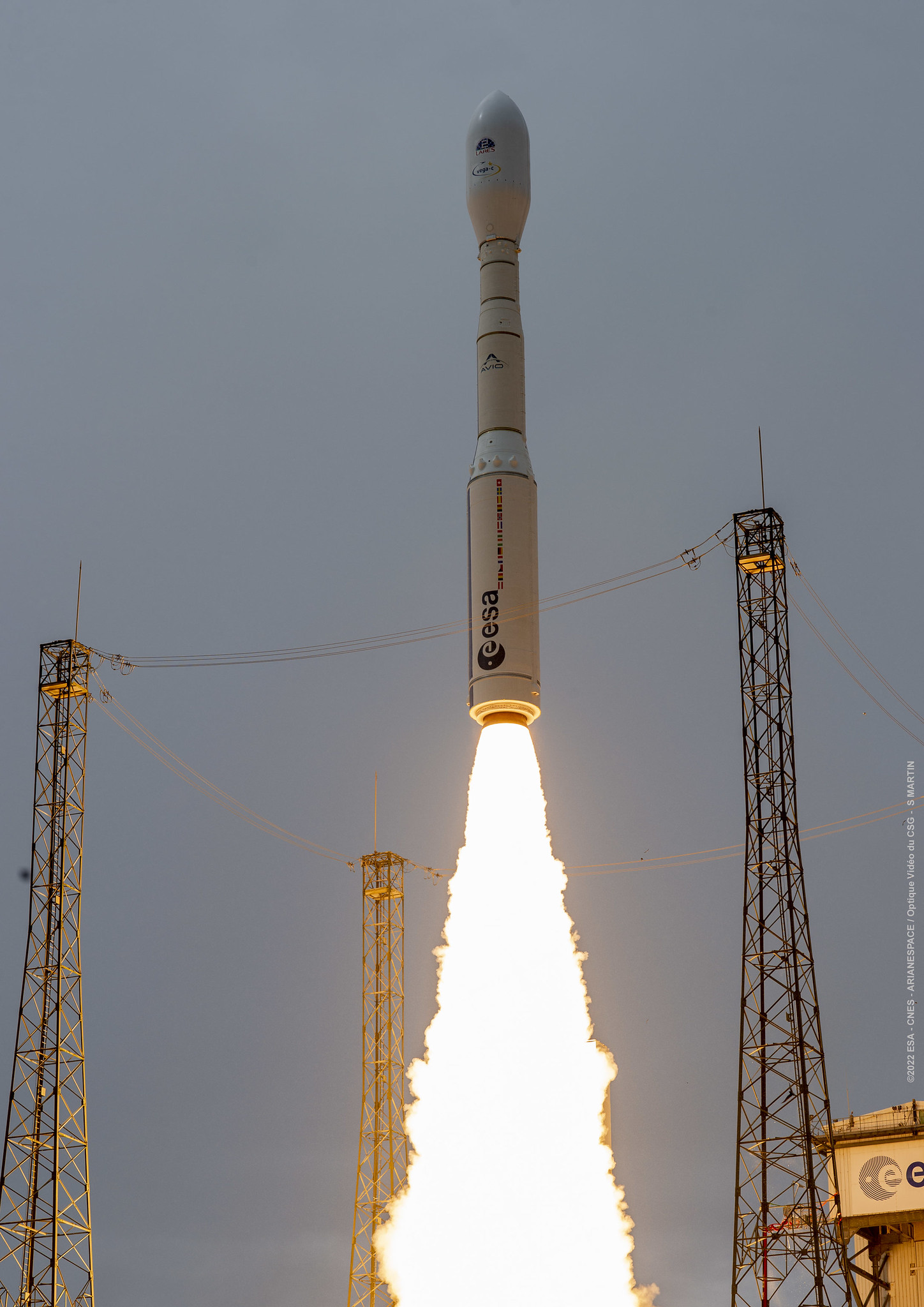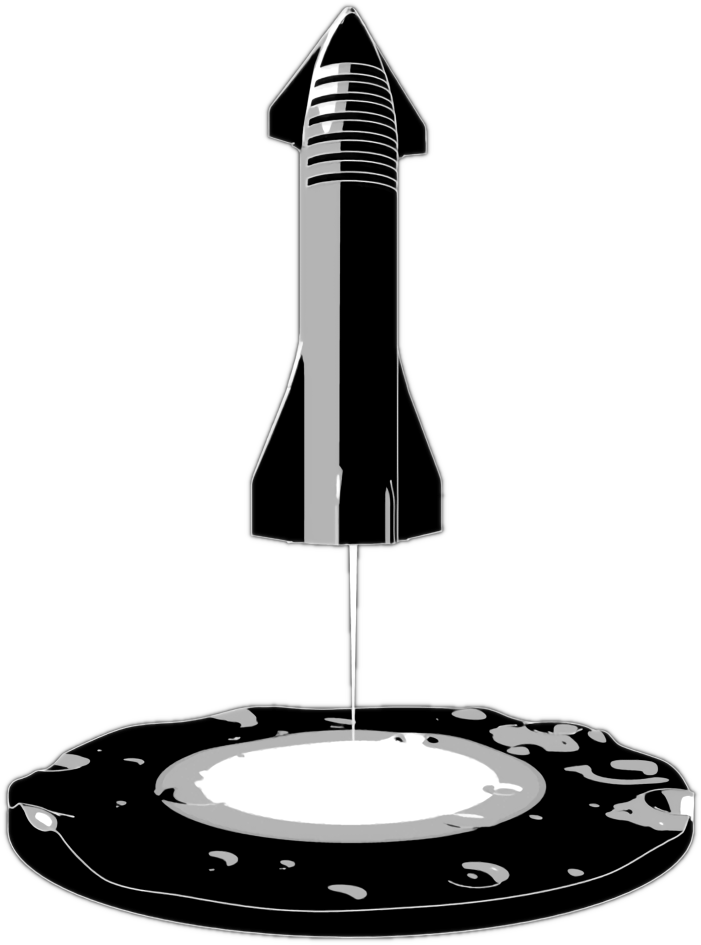· space brief · 4 min read
Space Brief 19 Apr 2025
Today's brief covers SpaceX's potential government contract, the future of US Space Command headquarters, an auction record for Neil Armstrong's watch, and the volcanic history of Mars.

📄Top Stories
SpaceX is positioned to secure a major government contract related to missile defense, competing against established industry primes. An auction set a new record for an astronaut’s timepiece with Neil Armstrong’s gold Omega moonwatch. Meanwhile, the decision on the US Space Command’s headquarters location is imminent, and recent analysis of Martian rocks suggests past volcanic activity could hint at ancient habitability on Mars.
📰Detailed Coverage
SpaceX Bids for Major Government Contract
SpaceX is reportedly at the forefront to secure a lucrative government contract for the Pentagon’s Golden Dome missile defense program, potentially displacing traditional defense firms. This collaboration could also involve tech companies Palantir and Anduril, highlighting SpaceX’s continued venture into defense technologies beyond space exploration.
This contract would further embed SpaceX into national security projects, aligning with its growing footprint in satellite launches and defense initiatives. Such endeavors offer valuable data for satellite tracking and defense analysis, reinforcing the utility of our web app for real-time insights.
Read the full story: SpaceExplored
Decision Looms for US Space Command Headquarters
The long-standing debate over the location of the US Space Command’s permanent headquarters could be resolved soon, with an announcement expected shortly. The decision follows political discussions and a review of previous administration’s proposals, involving key players like President Biden and Congressman Mike Rogers.
The strategic implications of this decision are significant, potentially influencing military operations and satellite communication systems in the United States. The location could impact logistics and control over space-related military activities, crucial for our current and future satellite tracking efforts.
Read the full story: SpaceExplored
Neil Armstrong’s Omega Moonwatch Sells for a Whopping $2.2 Million
A new record in auction history was set when Neil Armstrong’s gold Omega Speedmaster moonwatch sold for $2,187,500. This 18-karat timepiece, closely tied to the iconic Apollo 11 mission, reflects the enduring public fascination with space exploration memorabilia.
This record-breaking sale underscores the cultural and historical significance of space artifacts, which continue to captivate both enthusiasts and collectors. Such events can often inspire new interest in space missions and satellite exploration among the general public.
Read the full story: Space.com
Martian Volcanoes and the Possibility of Ancient Life
Recent analyses conducted by NASA’s Perseverance rover suggest that the volcanic history of Mars could have created environments suitable for ancient life. The complexity of Martian volcanism offers new clues about the Red Planet’s habitability, expanding our understanding of its geological past.
These findings not only fuel the scientific debate on Mars’ potential to support life but also guide future missions aiming to explore and possibly locate traces of past life. The data align with objectives in planetary science and satellite imaging, facilitating deeper insights into extraterrestrial terrains.
Read the full story: Space.com
🛰️Satellite Spotlight
- Satellite Name: ORBCOMM FM08
- NORAD ID: 25112
- Launch Date: 1997 Dec 23
- Mission: Communication M2M/IoT
- Orbit: Inclination 45.0138°, Period 99.86 minutes, Eccentricity 0.0005704
- Operator: ORBC
- Fun Fact: ORBCOMM FM08 utilizes a Microstar bus, a compact platform ideal for efficient communication missions.
Current TLE Data:
1 25112U 97084A 25107.92327796 .00003080 00000+0 90384-3 0 9996
2 25112 45.0138 297.1138 0005704 299.1501 60.8780 14.45578338432824Track this satellite in real-time on our web app: Track ORBCOMM FM08
Upcoming Space Launches
April 20
- SpaceX Falcon 9:
- NROL-145 from Vandenberg Space Force Base, California, USA (10:27 UTC) Tenth batch of satellites for a reconnaissance constellation built by SpaceX and Northrop Grumman for the National Reconnaissance Office.
April 21
- SpaceX Falcon 9:
- Dragon CRS-2 SpX-32 from Kennedy Space Center, Florida, USA (08:15 UTC) 32nd commercial resupply services mission to the International Space Station, bringing supplies and payloads to support scientific research.
April 22
- SpaceX Falcon 9:
- Bandwagon 3 (Dedicated Mid-Inclination Rideshare) from Cape Canaveral Space Force Station, Florida, USA (00:43 UTC) Dedicated rideshare flight with microsatellites and nanosatellites for various commercial and government customers.
- China Aerospace Science and Technology Corporation Long March 8:
- G60 Group TBD from Wenchang Space Launch Site, People’s Republic of China (15:39 UTC) Low Earth Orbit communication satellites for the G60 constellation to provide global connectivity.
April 24
- China Aerospace Science and Technology Corporation Long March 2F/G:
- Shenzhou 20 from Jiuquan Satellite Launch Center, People’s Republic of China (09:07 UTC) Ninth crewed flight to the Chinese space station.
April 25
- SpaceX Falcon 9:
- Starlink Group 6-74 from Cape Canaveral Space Force Station, Florida, USA (01:32 UTC) A batch of satellites for the Starlink mega-constellation.
- SpaceX Falcon 9:
- Starlink Group 11-9 from Vandenberg Space Force Base, California, USA (21:40 UTC) Another batch of satellites for the Starlink Internet communication system.
April 27
- Firefly Aerospace Firefly Alpha:
- FLTA006 (Message in a Booster) from Vandenberg Space Force Base, California, USA (13:37 UTC) Sixth flight of the Firefly Alpha, launching a demonstration mission for Lockheed Martin’s LM400 satellite bus.
April 28
- United Launch Alliance Atlas V 551:
- Project Kuiper (KA-01) from Cape Canaveral Space Force Station, Florida, USA (23:00 UTC) Project Kuiper aims to deploy a constellation of satellites for global broadband Internet access, managed by Amazon’s Kuiper Systems.
Note: Launch dates and times are subject to change due to technical or weather considerations.

Maurice Stellarski





